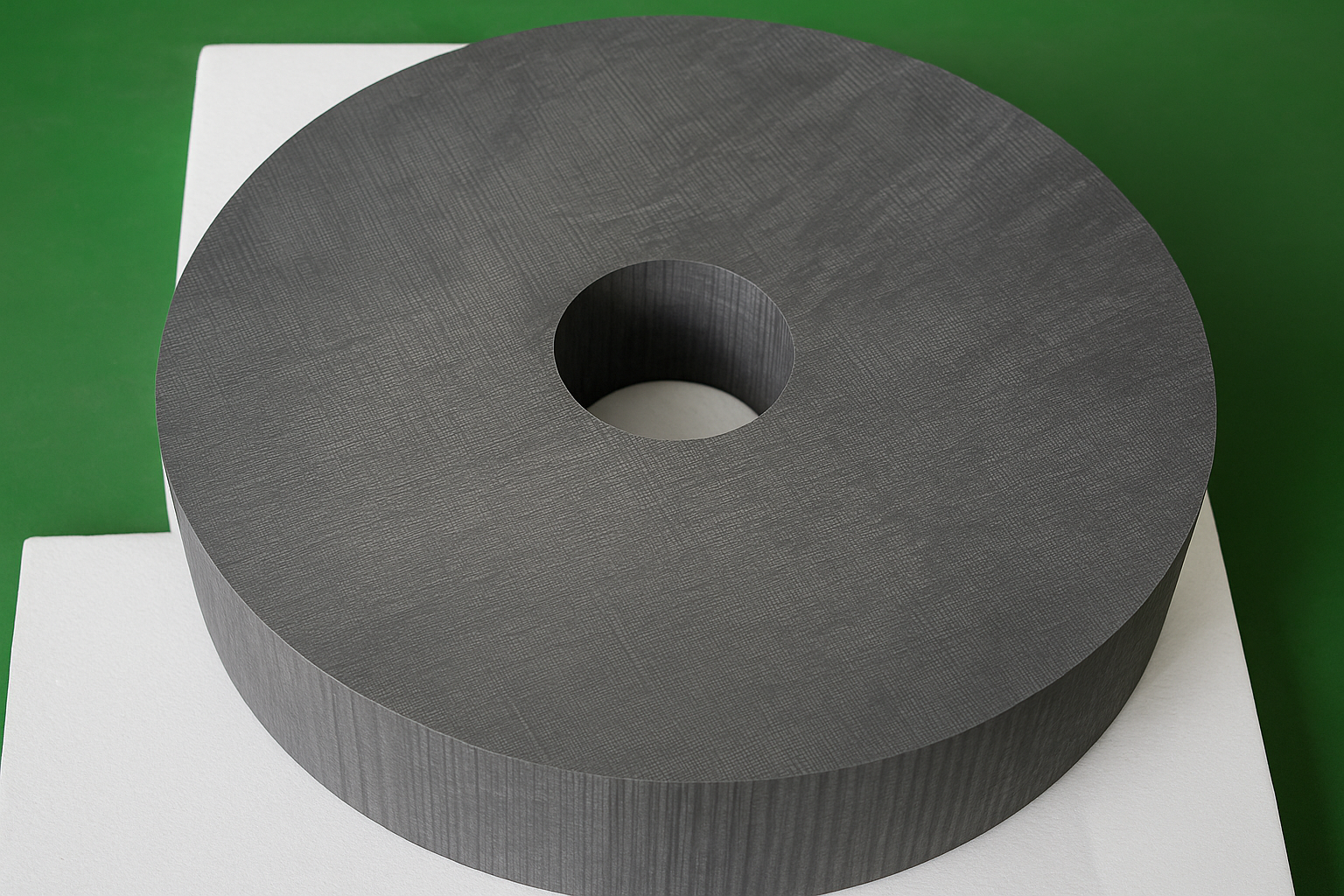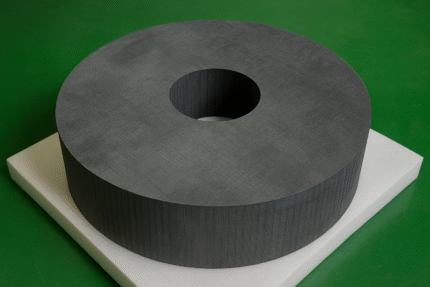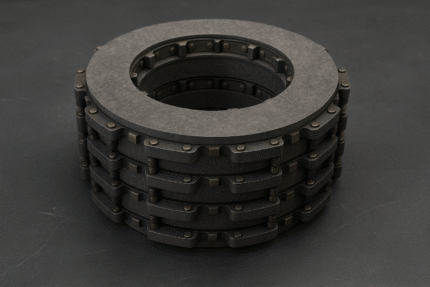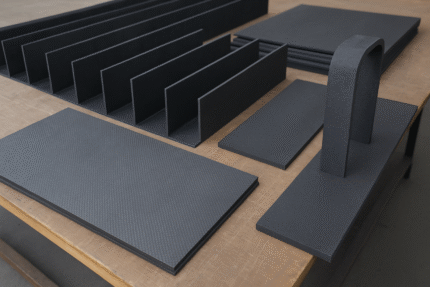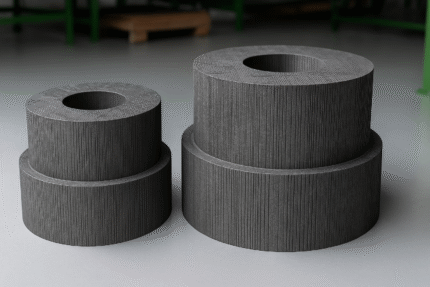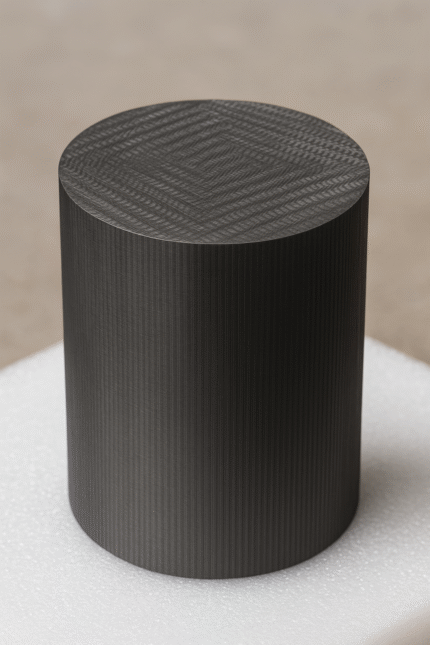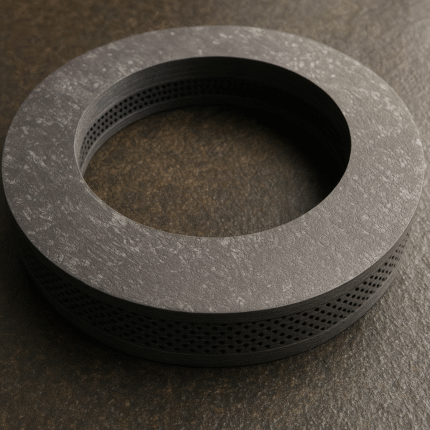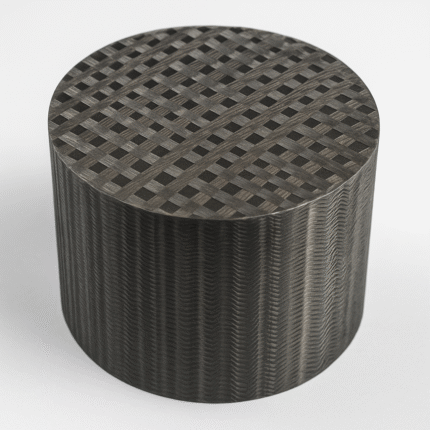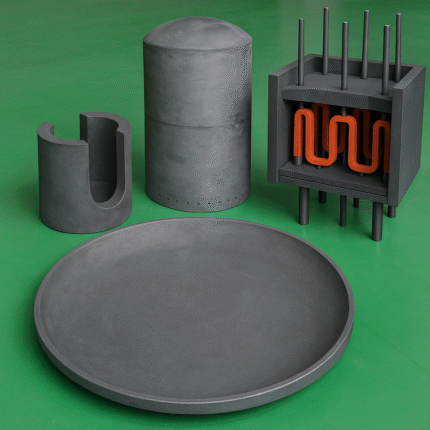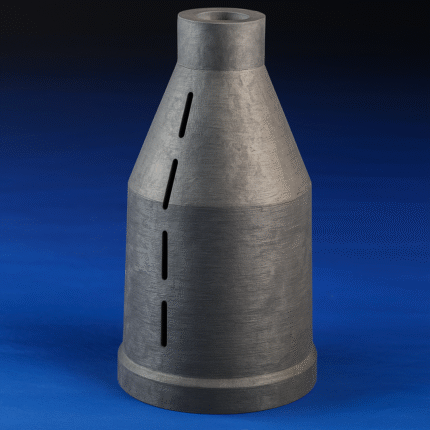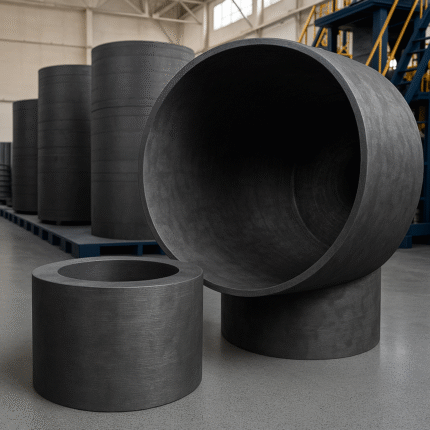- Graphites
- Isostatic Graphite
- Molded Graphite
- Extruded Graphite
- Vibration Graphite
- Mechanical Carbon Graphite
- Graphite Box for Anode Material
- CNC Machining Graphite Parts
- CNC Machining Graphite Parts
- Graphite Electrode
- Graphite Bipolar Plate
- Carbon Brush/Electric Brush
- High-Purity Graphite Powder for Lithium-Ion Battery Applications
- Graphite Hot Zone for PV
- Calcined Petroleum Coke
- Graphite Products for Glass Industry
- Graphite Crucible
- Graphite Pipe
- Graphite Rod/Block/Plate
- Expanded Graphite Powder – High Conductivity Grade BZ-20
- C-C Composites
- 2D
- 2D Carbon-Carbon Composite Sheets and Plates
- 2.5D Carbon-Carbon Composite Materials
- 3D Carbon-Carbon Composite Materials
- 4D / 5D Carbon-Carbon Composite Materials
- High-Density Carbon-Carbon Composite Materials
- Carbon-Carbon Composite Aircraft Brake Discs
- Carbon-Carbon Composite Heaters & Heating Elements
- Carbon-Carbon Composite Insulation Barrels & Blankets
- Carbon-Carbon Composite Moulds
- Carbon-Carbon Composite Screws & Studs
- Carbon Carbon Composite Crucible
- Carbon Carbon Composite U & L Profiles
- Carbon Carbon Composite Blocks
- Carbon Carbon Composite Racing Brake Discs and Pads
- Carbon Carbon Composite Rods, Tubes, and Pipes
- Carbon Composite Bolts and Nuts
- Carbon Ceramic Composite Materials and Precision Parts
- Pyrolytic Graphite
- Carbon Felt / Graphite Felt
High-Density Carbon-Carbon Composite Materials
BZNCarbon supplies ultra-high density carbon-carbon composites with advanced thermal and structural properties. Suitable for aerospace, energy, and tooling applications requiring superior mechanical integrity.
Category: C-C Composites
Tag: High-Density Carbon-Carbon Composite Materials
Description
BZNCarbon’s High-Density Carbon-Carbon Composites are engineered to perform in the most extreme thermal, chemical, and mechanical environments. Utilizing advanced processing techniques such as CVD (Chemical Vapor Deposition), CVI (Chemical Vapor Infiltration), and pitch-coke-based infiltration, we produce C/C composites with densities ranging from 1.80 to 1.95 g/cm³.
The resulting materials exhibit superior thermal conductivity, dimensional stability, and strength across all axes. These composites are suitable for demanding applications in aerospace, vacuum furnaces, energy systems, and defense industries.
Whether the design calls for 3D, 4D, Hoop, or custom multi-directional architectures, BZNCarbon can deliver tailored performance with minimal porosity and exceptional service life.
What Is High-Density Carbon-Carbon Composite?
High-density C/C composites are fabricated through high-temperature graphitization and densification of carbon fiber preforms. By selecting optimized infiltration methods (pitch, CVI, or CVD), we minimize open porosity while increasing interlaminar strength and directional conductivity.
These materials are ideal for high-load or high-frequency cycling applications, where conventional materials would fail due to thermal stress or fatigue.
Key Applications
Aerospace braking systems and thermal shields
Rocket nozzle linings and high-pressure insulators
Vacuum furnace platforms and structural fixtures
Industrial high-temperature tooling and molds
Nuclear-grade thermal control panels
Protective liners in gas reactors or foundries
Technical Specifications
| Property | Unit | Direction | Standard | Tested Value |
|---|---|---|---|---|
| Bulk Density | g/cm³ | — | ≥1.80 | 1.85 |
| Tensile Strength | MPa | XY / Z | ≥60 / ≥30 | 169 / 95 |
| Tensile Modulus | GPa | XY / Z | ≥50 / ≥30 | 59.9 / 35.8 |
| Bending Strength | MPa | XY / Z | ≥80 / ≥40 | 140 / 80 |
| Compressive Strength | MPa | XY / Z | ≥85 / ≥85 | 120 / 282 |
| Shear Strength | MPa | XY / Z | ≥30 / ≥25 | 65 / 49 |
| Thermal Conductivity (900°C) | W/m·K | XY / Z | ≥40 / ≥20 | 62.2 / 25.1 |
| Thermal Expansion (1000°C) | 10⁻⁶/K | XY / Z | ≤2.0 / ≥3.0 | 1.1 / 1.14 |
| Graphitization Level | % | — | ≥60 | 75.5 |
| Specific Heat Capacity | kJ/kg·K | — | ≥1.2 | 1.53 |
Additional inspection: X-ray screening, porosity control, custom geometries available.
Benefits
Extremely high thermal conductivity in all directions
Low porosity, high-density matrix for dimensional stability
Withstands repeated thermal cycling at temperatures >2000°C
Long lifespan under vacuum or chemically reactive conditions
Custom-formulated fiber orientations and densities available
Low thermal expansion prevents structural distortion

